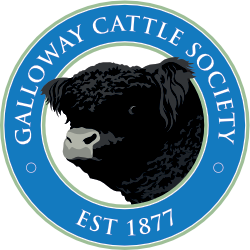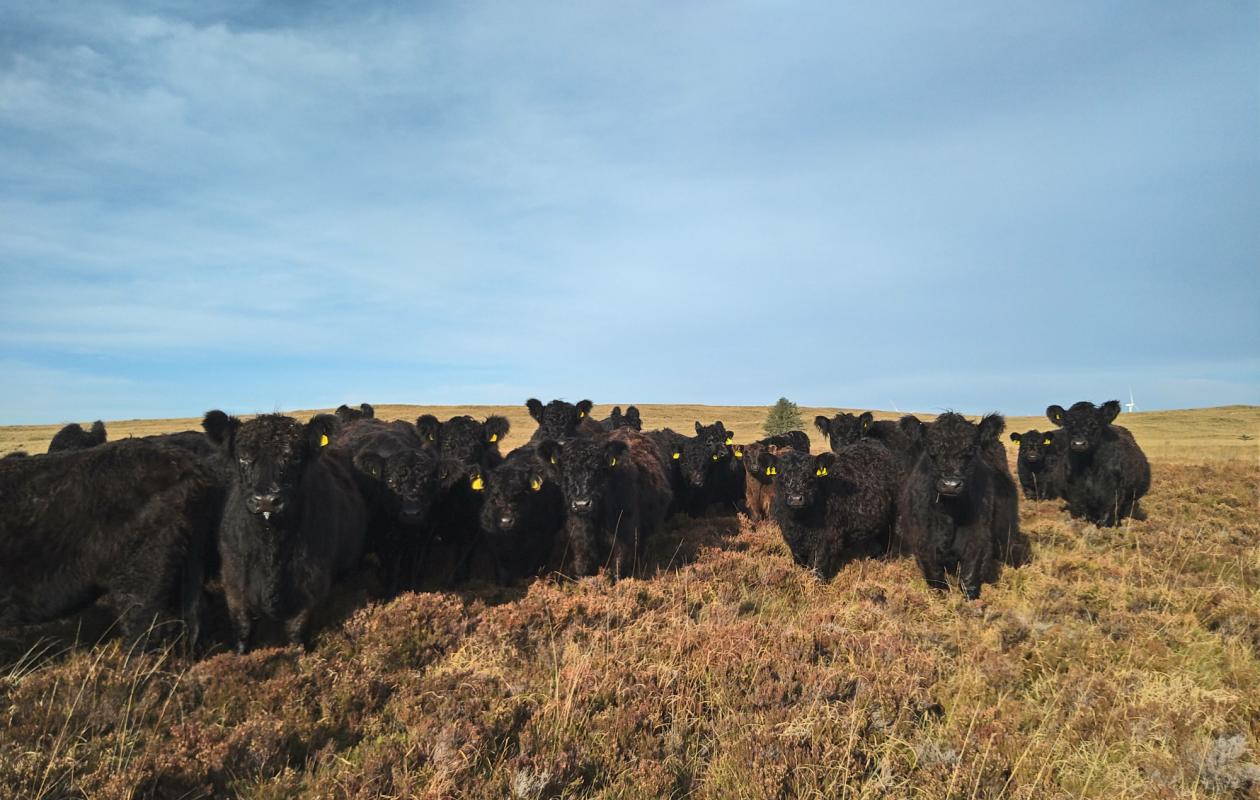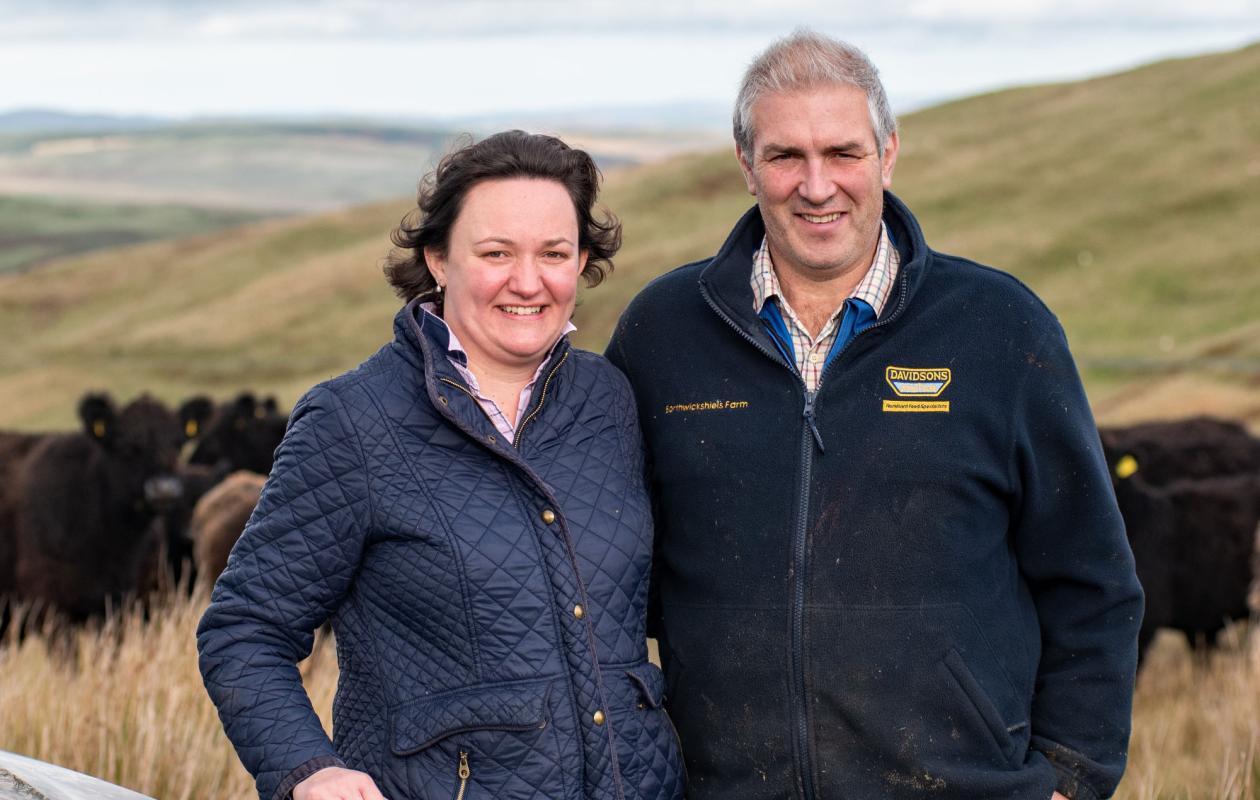Twenty years ago, 70% of Molland Moor on the southern edge of Exmoor in Devon was covered in heather. This figure has dropped to 30% in recent years as gorse, bracken and molinia grass has flourished and spread.
This is a Site of Special Scientific Interest (SSSI) and, as such, English Nature and The Heather Trust are involved in an on-going trial with the Throckmorton family, which owns Molland Estate, and the Langdon family - its tenants at Luckworthy farm and sole graziers on the moor - to readdress this balance to ensure specific vegetation flourishes and wildlife particular to Exmoor’s landscape survives.
Under a derogation set up by English Nature, Steve Langdon and his 21-year old son Richard were given the go-ahead four years ago to out-winter cows and their calves on the 681ha (1680-acre) moor. As a result, this is the only herd which has permission to keep cattle out on Exmoor during winter months.
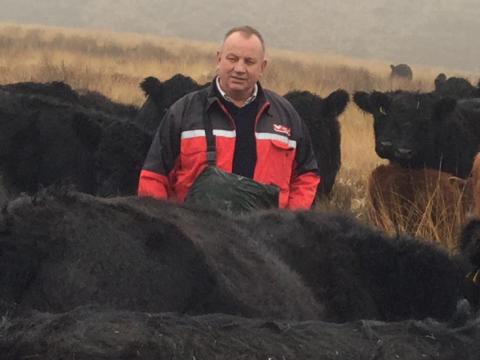
However, many hill farmers – both on Exmoor and Dartmoor – are hoping the success of this trial will set a precedent and allow them to follow suit and out-winter stock which, in turn, will reduce costs and control growth with its incumbent tick burden.
Sixty Galloways are managed in three hefts at 370m (1213ft) throughout the winter. They are fed daily in specific areas which English Nature and The Heather Trust have identified. The objective is to hold cattle where the molinia grass is most dense and hence give heather the opportunity to re-establish itself.
“It is working. It is obvious heather is returning where the other growth has been managed successfully,” said Steve Langdon. “Everybody is very excited by the results. These cows are non-selective grazers so are doing a great job of tackling the molinia which is, quite frankly, out of control. You can see where they have eaten it away. Underneath, the heather – which was suffocated by the thick grass – is now holding its own.
“Molland Moor is a SSSI. We like the Galloway cow here because it is so hardy and designed to live in this environment. And the breed’s strong immunity system is essential if it is to survive here: All this growth is a haven for ticks and hence stock is very susceptible to redwater.”
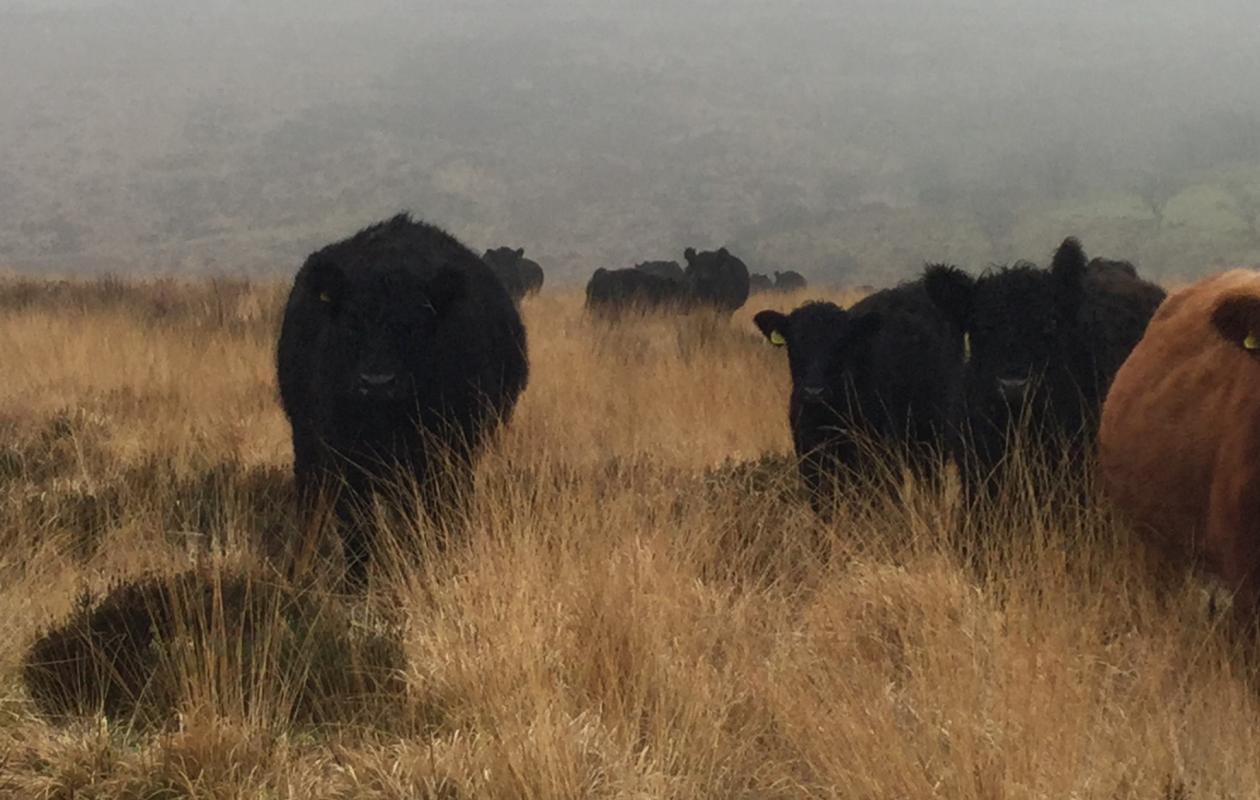
The Langdons run 250 cows from Luckworthy Farm which has 142ha (350-acres) of in-country with a farmyard at 250m (820ft). There are 100 pedigree Galloways; the rest of the Galloways are crossed with a Shorthorn. This hill farm has rights for 700 sheep and 100 cattle to graze the moor from May to the end of October so all except the 60 cows used in the Outwintering trial are housed over winter.
“One of the most revealing results from this trial is those Galloways which are out-wintered look so much better than those housed,” said Richard. “It is not a breed which is comfortable indoors. To help youngstock, everything has its back clipped out to prevent sweating and pneumonia.”
In winter, the 60 on the moor each receive 2kg/day of a 19% protein ewe cob. This is fed via a snacker and favoured due to a high soya content which the Langdons believe help maintain the cows’ condition. They receive a mineral bolus twice a year. A 1.62ha (four-acre) plantation on the edge of the moor was also used as a site for feeding round bale haylage but due to lack of interest from the cows is no longer used.
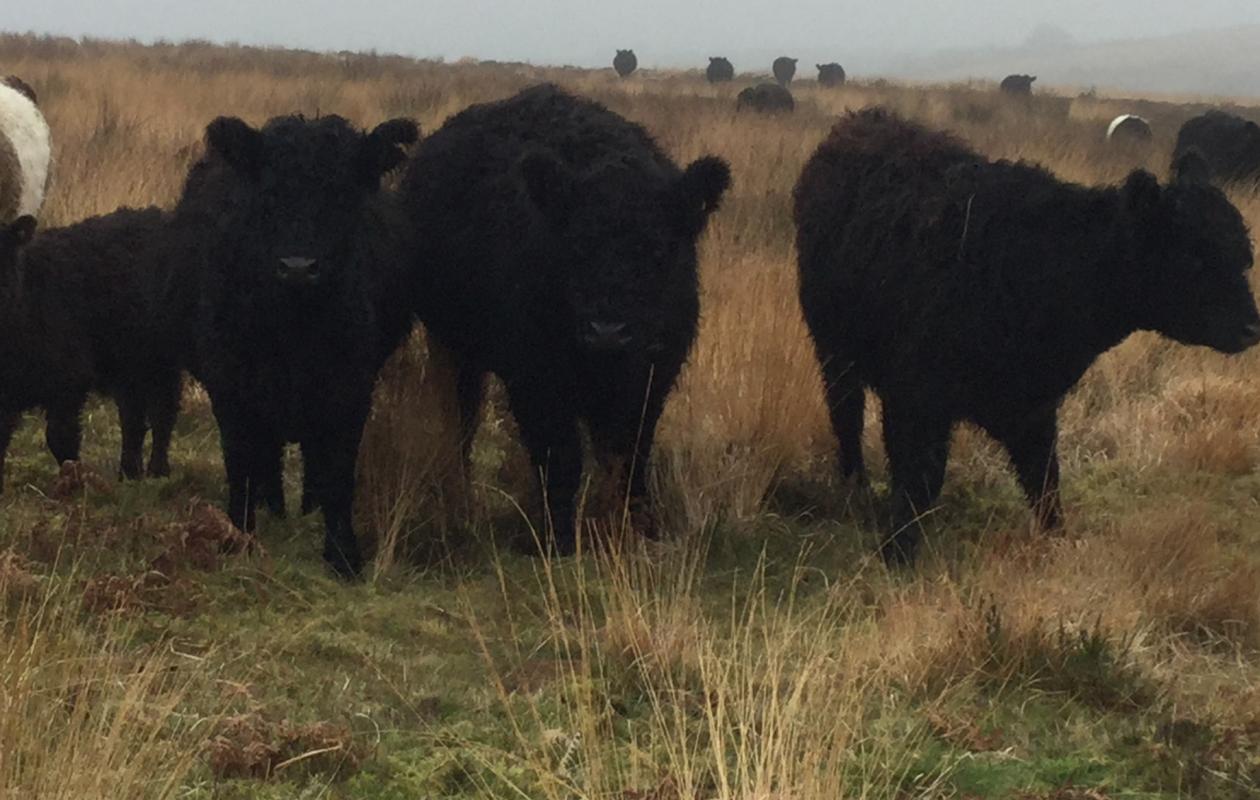
With 101ha (250-acres) cut to round bale haylage in the middle of July, autumn calving is favoured here. Many of the out-wintered cows therefore have a calf at foot. Those indoors have a creep system separate from the cows which is also shared with older steers. They receive haylage and 16% protein concentrate offered ad lib at a rate of 4kg barley:1kg nuts. This equates to a cost of £500/ beast over the winter.
The Langdons have been keen to improve their stock. Their six year-old bull Kirkstead Ultravox is currently outwintered with the cows. He was supplemented this spring with the 5000gns Troloss Juggernaut – male champion at the breed society’s February sale at Castle Douglas – and 2000gns Troloss Jester, both Blackcraig Rasputin sons.
This past year Richard has marketed 40 steers. It was not initially a successful enterprise. The family is still very keen to try and promote Galloway beef in the area to secure a market for this quality product.
“We took 12 steers to Cutcombe market as an experiment to see what interest there might be,” explained Richard. “It was very disappointing: They were 300kg lw at 12-months old and we didn’t even get a bid. So I took them home and we have been finishing them instead.”
Barley intake was reduced and a 34% protein finishing nut replaced that offered to the younger steers. There are just three steers left to finish. The rest have gone via Martin Baker to either Dunbia or ABP when 20-months old at 550kg lw to kill out at 300kg dw and grade as Rs with some U3s.
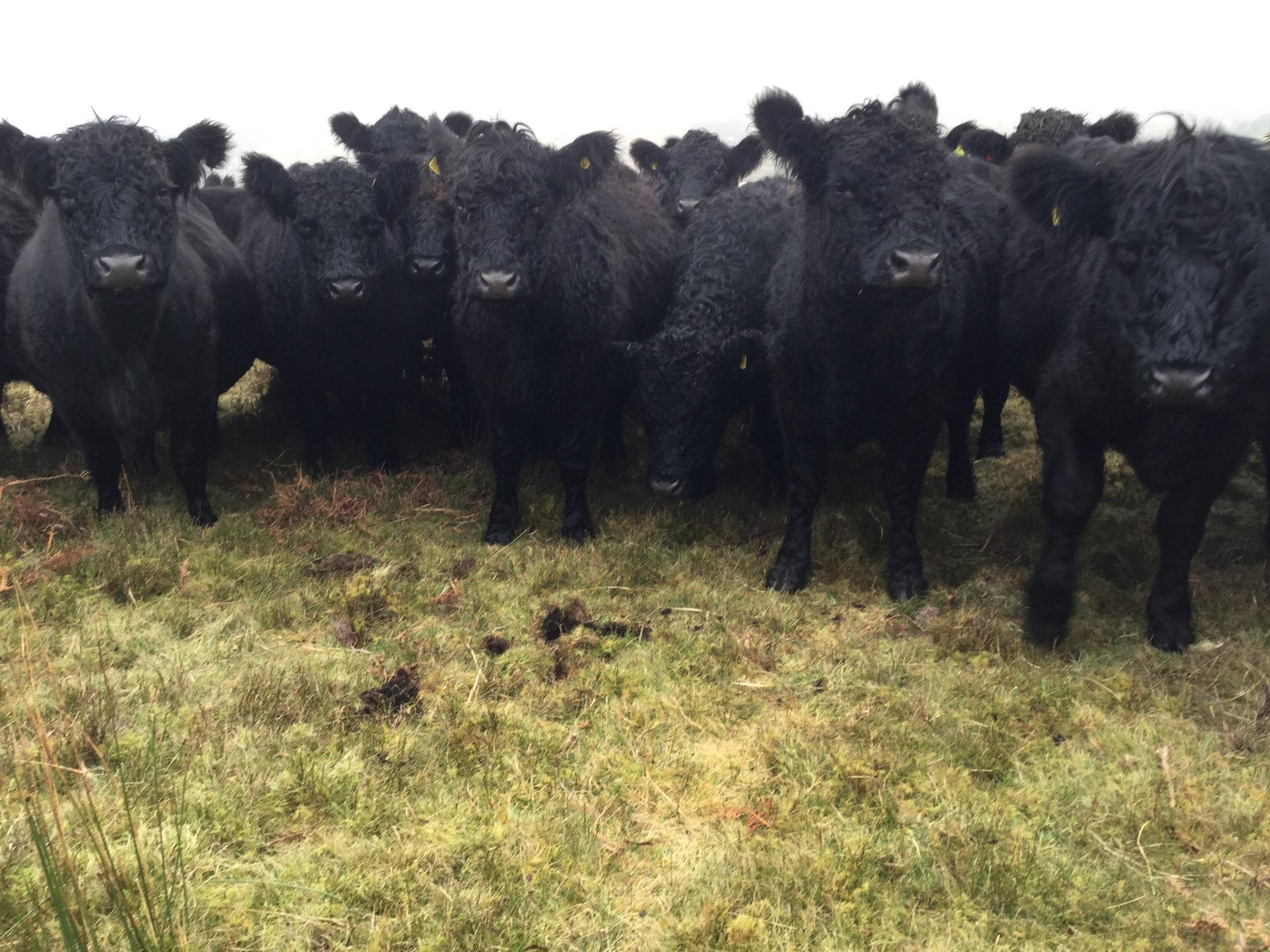
Richard also took one to South Molton fatstock show. This 21-month old 570kg beast was third in the native class and sold to local butcher John May at 209p/kg.
“I am looking forward to going into the shop and seeing the carcass. The feedback will be really interesting and I hope generate interest in the breed,” said Richard. In the meantime, however, the Langdons will be running just their best cows with the Galloway bulls and putting more of the rest to a Shorthorn in an effort to try and improve shape in the resulting calves.
Tick management is essential if stock is to graze the moor. In an attempt to help the Langdons with the Outwintering trial, Exmoor National Park has sponsored preventative treatments for both sheep and cattle. The latter are no longer vaccinated for redwater (a disease transmitted by ticks) but treated with Swish – a fly repellent.
“Sheep are also integral to the success of restoring this landscape,” said Mr Langdon. “Different animals and breeds graze vegetation in different manners. This is essential if the range of species is to be re-established. Whilst gorse is cut, swaling is a vital management technique for controlling heather, molinia and ticks.
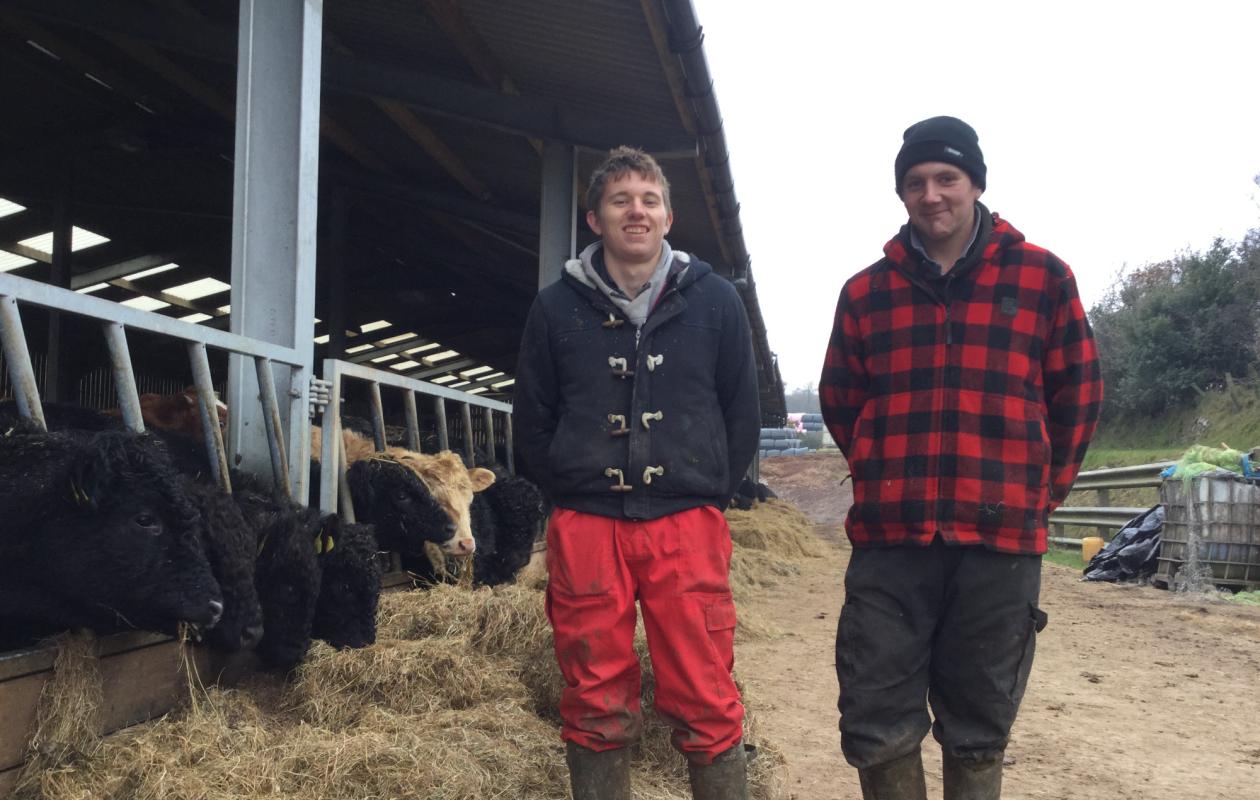
“Like many moorland areas, Molland is part of the Higher Level Stewardship (HLS) Scheme. The practices implemented to manage these environments are structured around hill ground in the North of England. Unfortunately moorland in the South West is unique in that its growing season is longer and so vegetation such as gorse and molinia has been allowed to encroach on the landscape because cattle have to be removed in HLS. We are therefore very grateful to Natural England and The Heather Trust for introducing this trial down here. There is no doubt it is working and let’s hope it can be rolled out as common practice for the sake of our native breeds which would rather be outside in the winter as well as the indigenous species on these moors.”
Luckworthy Farm, Molland
- Rented from the Molland Estate
- 133ha (330-acres) in-country and 681ha (1680-acre) moor
- Farm yard at 250m (820ft) and moor 370m (1213ft) above sea level
- 250 suckler cows; 100 registered Galloways, rest crossed with a Shorthorn
- 60 Galloway heifers managed at 900-acre Emmets Grange
- 1200 Welsh and Scotch Blackface ewes as well as 350 Suffolk Mules put to a Texel
- Autumn calving with steer calves finished at 20 months and 550kg lw, killing out at just over 50%
- Troloss Juggernaut and Troloss Jester purchased this spring for 5000gns and 2000gns respectively
- 60 Galloway cows integral part of out-wintering trial on Molland Moor to re-establish Exmoor’s traditional landscape
- 100 Galloways and 700 ewes graze Molland Moor in summer
- 101ha (250-acres) grass cut to big bales in mid July
- FABBL and in veterinary health scheme
